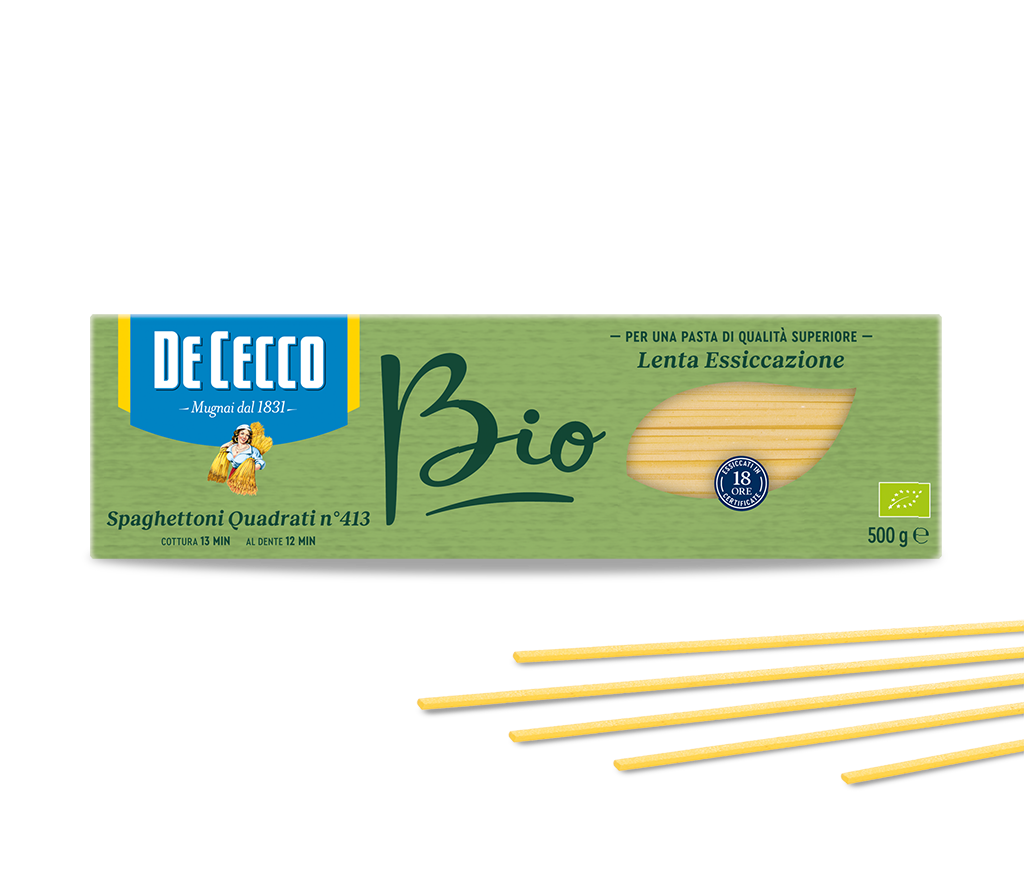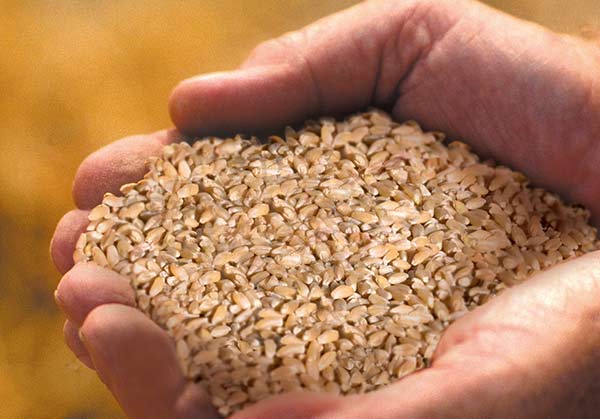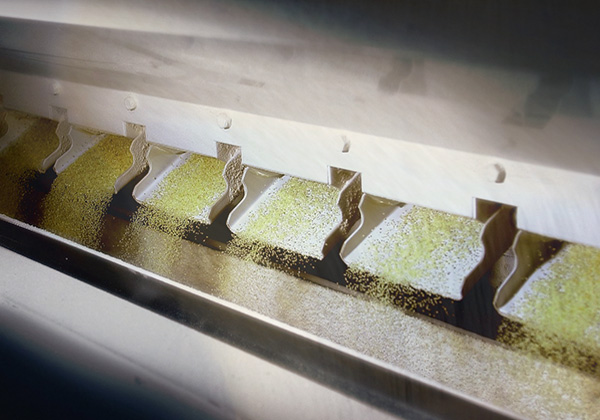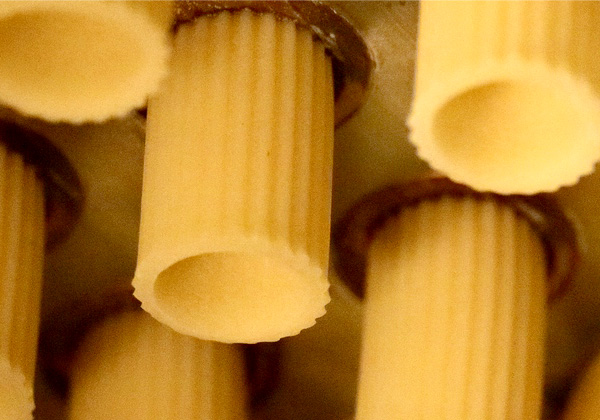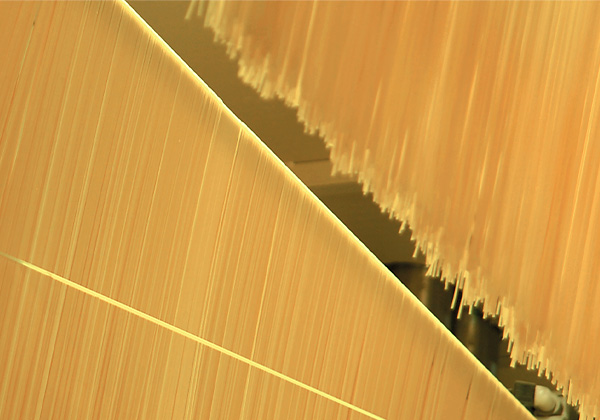Tortiglioni n° 23 Farro Integrale Biologici
Tortiglioni are one of many varieties of maccherone, one of the oldest types of pasta originating from Naples.
The name in Italian refers to the shape and comes from the Vulgar Latin tortillare which literally means to wrap in a spiral with a characteristic pattern from the lathe used in pasta production.
The shape is particularly versatile, but also very original, and best suited to full-bodied sauces.
Tortiglioni are excellent served with succulent, meat-based sauces. They are also very good served with tomato sauce or vegetable and tomatic sauces. It is a particularly suitable type of pasta for oven-baked dishes.
Available in 500g packs.
- Cooking time: 10 min - Al dente: 8 min
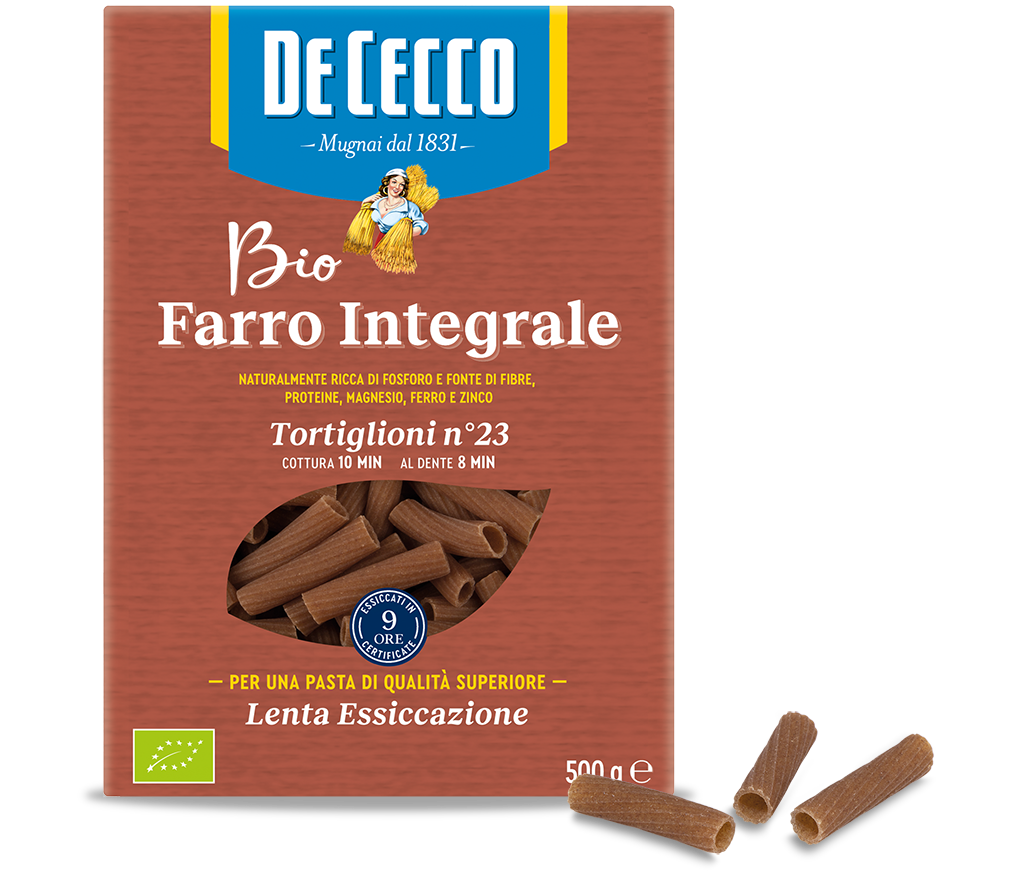
Our method
Spaghettoni Quadrati n° 413 Biologici
Spaghettoni Quadrati, a bigger, chunkier variation of the classic Maccheroni alla Chitarra, are especially good with dishes that have a strong, marked taste or for recipes that have to be tossed in the frying pan.
This pasta is ideal for traditional recipes such as "carbonara", "amatriciana" and "alla gricia".
Available in 500g pack.
